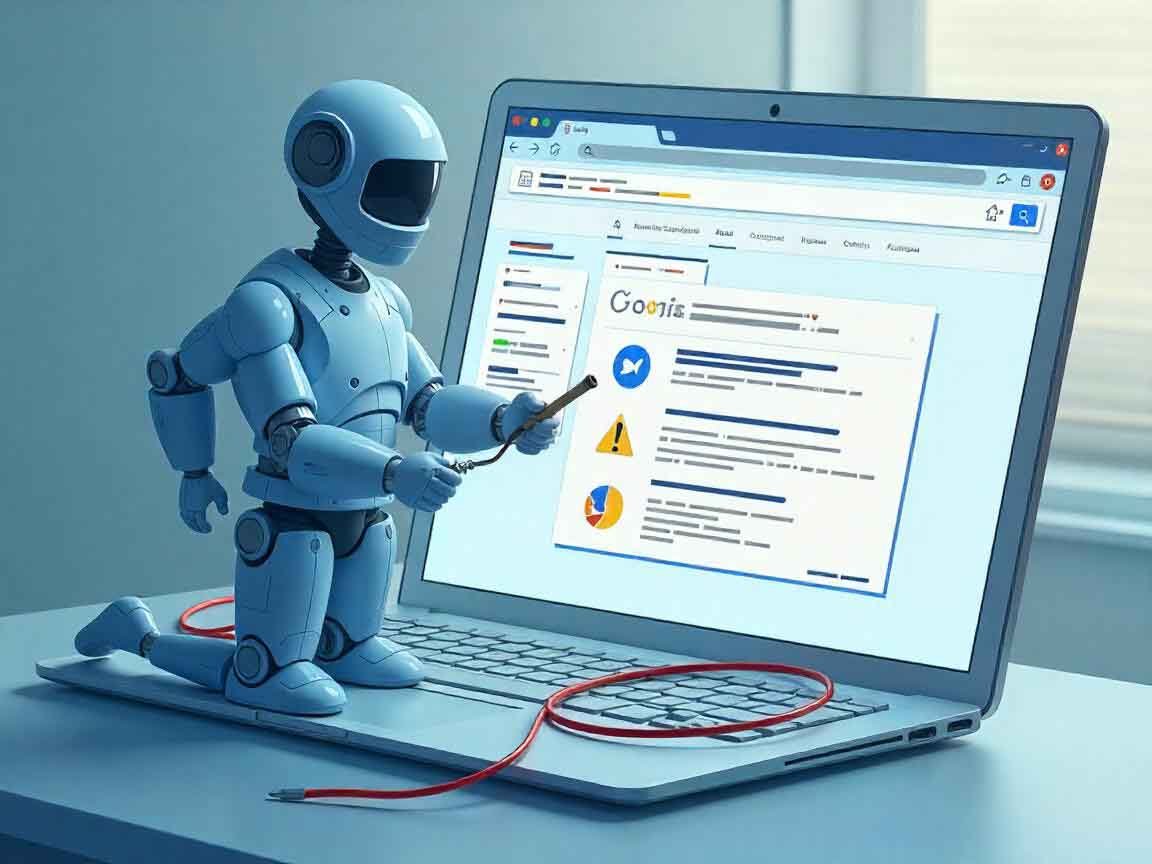The development of artificial intelligence (AI) recently has changed the way we produce content but also presented fresh difficulties. Finding their work as AI-generated is one of the most typical problems many writers nowadays deal with. Why is my essay detected as ai? Why is it non-human, and how can I stay away from this? In this post, we will explore the causes of the detection of writing as artificial intelligence, along with doable advice on how to avoid it.
Table of Contents
ToggleIs AI Writing Detectable?
Indeed, AI writing is observable. Rapid advancement of artificial intelligence technologies allows tools like OpenAI’s GPT models and other machine learning systems to produce prose quite similar to human writing. Still, there are trends and features in AI-generated content that would let specialist algorithms find them.
To find if material is human-written or AI-generated, these detection methods examine many writing components like sentence structure, language selections, and even strange phrasing.
Why, therefore, is my writing being identified as artificial intelligence? The succinct response is that detection systems can find traces or signatures left by artificial intelligence authoring tools. Although AI models’ output is typically polished and grammatically accurate, it might nevertheless sound mechanical or lack the spontaneity and inventiveness that human writers inherently bring into their work.
What Makes AI Writing Detectable?
Avoiding detection calls for knowledge of what makes AI-generated writing noticeable. These specific features can expose artificial intelligence material:
1. Lack of Deep Understanding and Originality
Though powerful, artificial intelligence systems may generate stuff that seems fragile or lacking in tremendous insight. The content might be grammatically accurate, and although it is well organized, it typically lacks the original ideas or personal insights that a human writer would provide. The primary reason people label my work as artificial intelligence is because it lacks actual knowledge and creative ideas.
2. Repetitive Sentence Structure
Many times, artificial intelligence literature follows established frameworks and conventions. For example, relying on a consistent tone and repetitive sentence structures, AI-generated content could sound robotic. While human writers often vary in sentence length and structure, AI-generated content is generally consistent and readily apparent. Why does my writing get flagged as AI? AI always lacks the complete range of human expression in terms of rhythm or style.
3. Overuse of Clichés and Common Phrases
Many times, based on large repositories of already-existing knowledge, artificial intelligence can lead to overuse of clichés and common phrases. In certain cases, such repetition could be acceptable, but it could give the work an uninspired mechanical quality. A common indication of AI-generated writing is this excessive reliance on well-known phrases. The above information could help to clarify why your material is labeled as artificial intelligence.
4. Unnatural Transitions and Flow
AI-generated text sometimes struggles with transitions and the smooth flow of ideas. While it can technically connect ideas, the overall progression may feel forced or jarring. This lack of natural progression can make your writing feel robotic and less fluid, which may lead to it being perceived as AI-generated.
How to Avoid AI Detection
Now that we’ve established why AI writing is observable, let’s explore how to avoid being associated with artificial intelligence. Here are some doable techniques to make your work more personal and natural.
Add Original Ideas and Insights
Including original ideas and insights can help you to guarantee that your work is not identified as artificial intelligence. Human writers are able to create fresh ideas and viewpoints, unlike artificial intelligence, which mostly relies on past data and usually lacks actual creativity. Therefore, if you still find it perplexing why my work is being identified as artificial intelligence, it could be because your work is overly generic or devoid of personal touch. Add your special information, viewpoints, or experience to provide more real material.
Rely on Your Unique Tone and Voice
Every writer has a different voice and tone, something artificial intelligence finds quite challenging. Whether formal, casual, amusing, or serious, depending on your own natural tone will help you to make your work distinctly human-authored. If you’re wondering why people refer to my work as artificial intelligence, it’s likely because your tone is either too mechanical or too passive. Give your work personality and allow your voice to come through.
Do Not Use AI Tools to Edit Your Content
Although AI tools could be useful for brainstorming or drafting, utilizing them to edit your material could increase the likelihood that it will be identified as AI-generated. Editing programs may struggle with details like tone, rhythm, and style, which can give your work a more artificial feel.
Therefore, the overuse of AI technologies in the editing process could be the reason behind your finding my writing as AI. Rather, either personally edit your material or collaborate with human editors able to maintain your style.
Vary Your Content’s Structure
Predictable, repeating structure is one of the traits of AI-generated text. Change the way you build your paragraphs and sentences to help you prevent this. Try varying sentence lengths, paragraph formats, and even the kinds of materials, e.g., analytical, descriptive, or narrative. This range will enable your writing to seem more human and realistic. Your excessively consistent structure might be the reason my writing is identified as artificial intelligence.
Avoid Overused Phrases and Clichés
As was already noted, artificial intelligence often depends mostly on clichés and overdone language. Try to avoid these standard terms so your work stands out as human-authored. Rather, employ fresh and creative language fit for your voice. This feature will ensure that people don’t mistake my writing for artificial intelligence. It will also help your work to be more captivating for readers.
Enhance Coherence and Flow
Human writing often moves naturally between ideas, from one concept to the next. But artificial intelligence-generated text could seem jumbled or devoid of the smooth flow human authors produce. Stress and improved coherence in your work can help you escape AI detection. Verify that your thoughts are obviously related and that every paragraph logically follows the one before it.
Utilize Free Originality Tools
Many free tools abound that will enable you to verify the originality of your work and lower the possibility of artificial intelligence discovery. Using plagiarism checks or technologies meant to find machine-generated material will help to guarantee your writing is original. These instruments will assist you in finding problems and raising the caliber of your work if you’re worried about why my writing is being recognized as artificial intelligence.
Minimize the Use of Artificial Intelligence Tools for Writing
Although AI tools can undoubtedly help with brainstorming or overcoming writer’s block, it’s crucial not to rely much on them. Your material will probably look like something created by a machine the more artificial intelligence you utilize for authoring. Therefore, if you find yourself wondering why my writing is being identified as artificial intelligence, it might be advisable to cut back on using AI writing tools.
Conclusion
To sum up, the growing complexity of artificial intelligence technology has made creating works that resemble human writing simpler. Still, artificial intelligence-generated writing shows certain identifiable trends. Understanding why my work is being identified as artificial intelligence, that is, with regard to repetitious sentence structures, overused phrases, and lack of originality, you may act early to make sure your writing stays real.
You may greatly lower the possibility of your work being identified as AI-generated by including original thoughts, adopting your natural voice, and cutting the use of AI technologies. Writing with originality, inventiveness, and a personal touch can ultimately enable you to produce something that seems very human.
FAQS
1. Why is AI detecting my writing?
- If your work lacks originality, repetitious linguistic patterns, or clichés and overused terms, it could be classified as artificial intelligence.
2. How can I avoid AI detection in my writing?
- To avoid finding, add fresh thoughts, utilize your voice, alter phrase patterns, and reduce dependence on artificial intelligence algorithms for editing and writing.
3. What are the signs that my writing might be AI-generated?
- Signs are a lack of personal understanding, repeating the same language structures and phrases, and creating false transitions between ideas.
4. Should I rely on AI tools for editing my content?
- One should not rely too much on artificial intelligence editing technologies since they may produce mechanical writing. Editing either by yourself or with help from others produces better results.
Is it possible to fool AI writing detection tools?
- Adding distinctiveness, changing your writing style, and promoting a more natural flow may help you lower the possibilities of discovery even if artificial intelligence detection systems are sophisticated.




